Rising Vehicle Production
The increasing production of vehicles is a primary driver for the Automotive Headlight Bulb Market. As manufacturers ramp up production to meet consumer demand, the need for high-quality headlight bulbs escalates. In recent years, vehicle production has shown a steady upward trend, with millions of units produced annually. This surge in production directly correlates with the demand for automotive lighting solutions, including headlight bulbs. Furthermore, the expansion of electric and hybrid vehicles, which often require advanced lighting technologies, adds another layer of complexity to the market dynamics. Consequently, the Automotive Headlight Bulb Market is poised for growth as manufacturers seek to equip new vehicles with efficient and durable lighting options.
Growth of Aftermarket Sales
The aftermarket segment is emerging as a significant driver for the Automotive Headlight Bulb Market. As vehicle ownership rates rise, the demand for replacement parts, including headlight bulbs, is also increasing. Consumers are becoming more aware of the importance of maintaining optimal lighting for safety and visibility, leading to a surge in aftermarket sales. Market analysis indicates that the aftermarket for automotive lighting is expected to grow substantially, driven by factors such as increased vehicle age and the desire for customization. This trend presents opportunities for manufacturers to expand their product lines and cater to diverse consumer preferences. Consequently, the Automotive Headlight Bulb Market is likely to benefit from the growing aftermarket segment, as consumers seek reliable and high-performance lighting solutions.
Regulatory Standards and Compliance
Regulatory standards significantly influence the Automotive Headlight Bulb Market, as governments worldwide implement stringent regulations regarding vehicle safety and environmental impact. Compliance with these regulations often necessitates the adoption of advanced lighting technologies, which can lead to increased demand for high-quality headlight bulbs. For instance, regulations aimed at reducing energy consumption and improving road safety are pushing manufacturers to innovate and enhance their product offerings. As a result, the market is witnessing a shift towards more energy-efficient and environmentally friendly lighting solutions. This regulatory landscape not only shapes product development but also creates opportunities for growth within the Automotive Headlight Bulb Market, as companies strive to meet compliance requirements while catering to consumer demands.
Technological Advancements in Lighting
Technological innovations play a crucial role in shaping the Automotive Headlight Bulb Market. The advent of LED and HID technologies has revolutionized automotive lighting, offering enhanced brightness and energy efficiency. These advancements not only improve visibility but also extend the lifespan of headlight bulbs, making them more appealing to consumers. As automotive manufacturers increasingly adopt these technologies, the market for traditional halogen bulbs is likely to decline. Data indicates that LED headlight bulbs are projected to capture a significant share of the market, driven by their superior performance and lower energy consumption. This shift towards advanced lighting solutions is expected to propel the Automotive Headlight Bulb Market into a new era of innovation.
Consumer Preference for Safety Features
Consumer preferences are shifting towards vehicles equipped with advanced safety features, which significantly impacts the Automotive Headlight Bulb Market. Enhanced visibility is a critical component of vehicle safety, leading consumers to favor vehicles with superior lighting systems. As a result, manufacturers are increasingly focusing on integrating high-performance headlight bulbs into their designs. Market data suggests that vehicles with advanced lighting systems, such as adaptive headlights, are gaining popularity among consumers. This trend indicates a growing awareness of the importance of visibility in preventing accidents, thereby driving demand for innovative headlight solutions. Consequently, the Automotive Headlight Bulb Market is likely to experience growth as manufacturers respond to these evolving consumer preferences.


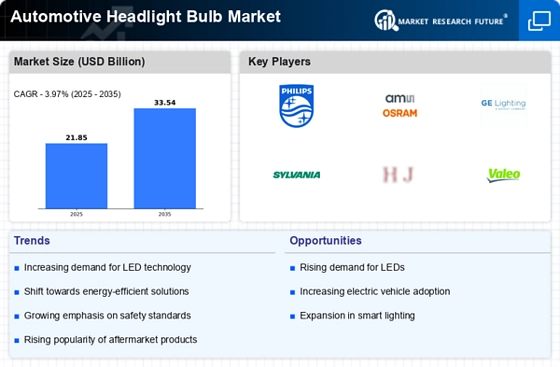
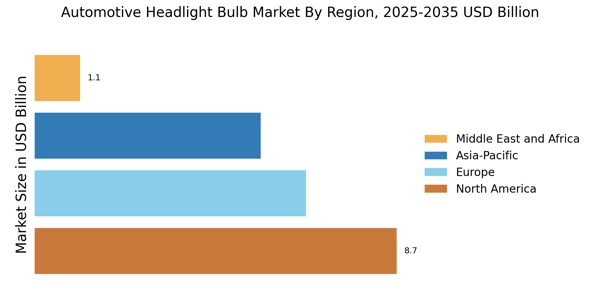
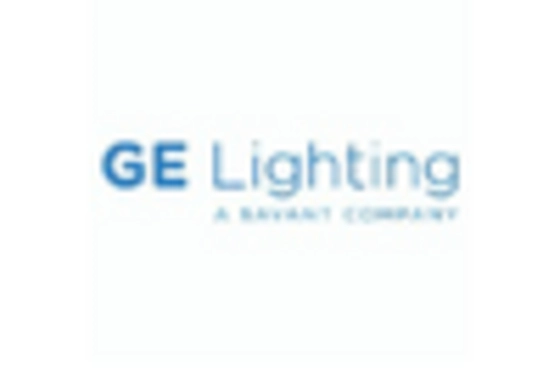
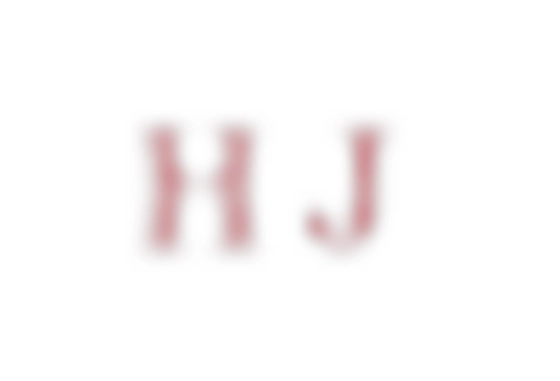
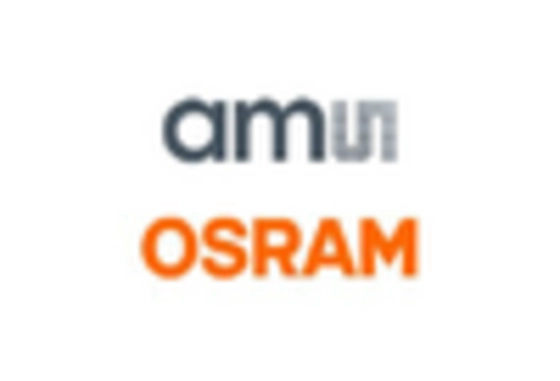

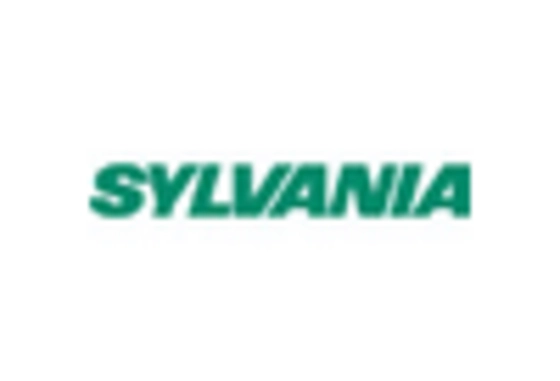
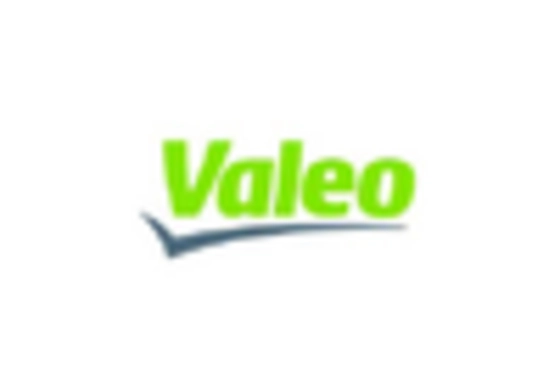








Leave a Comment